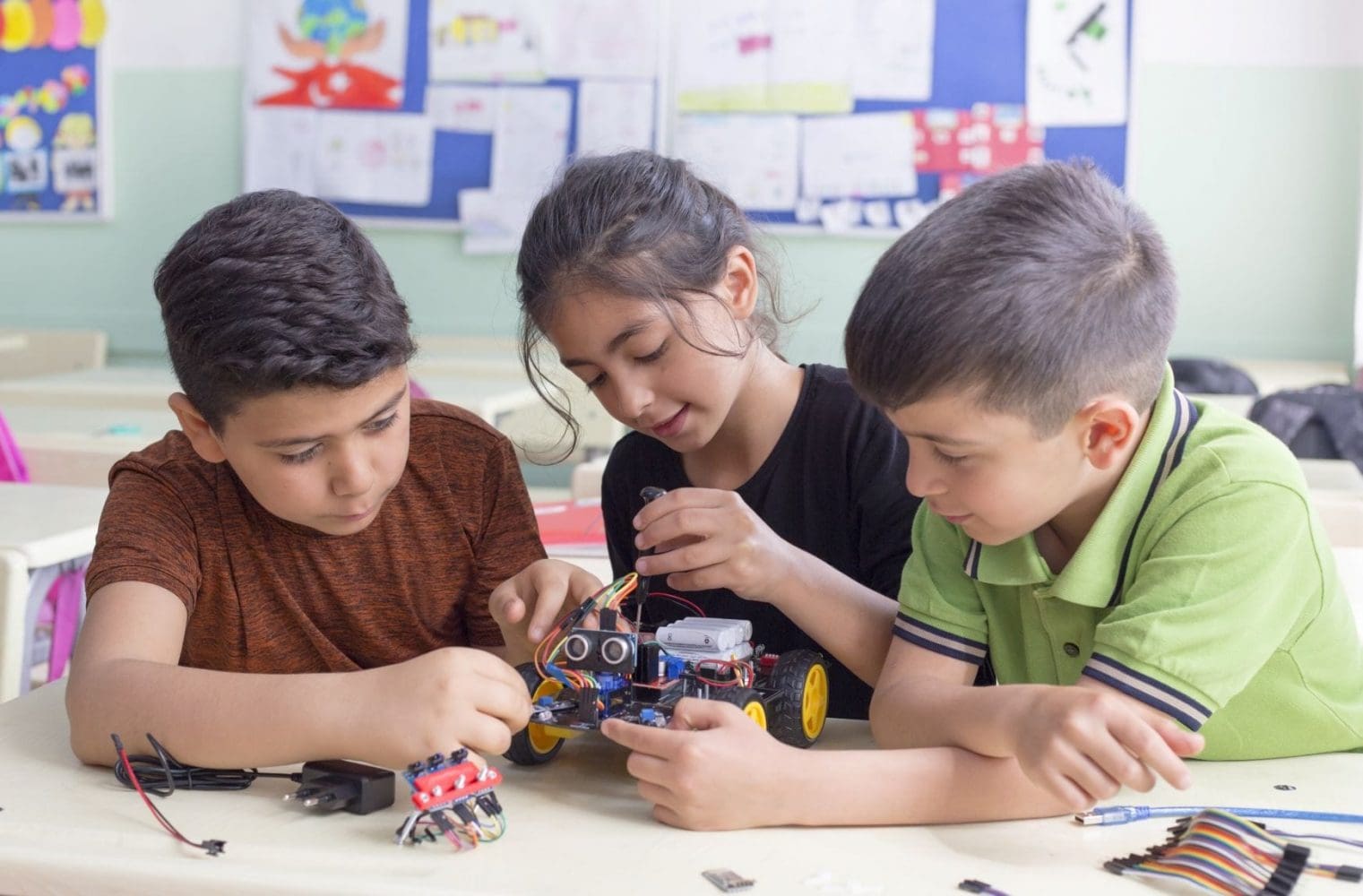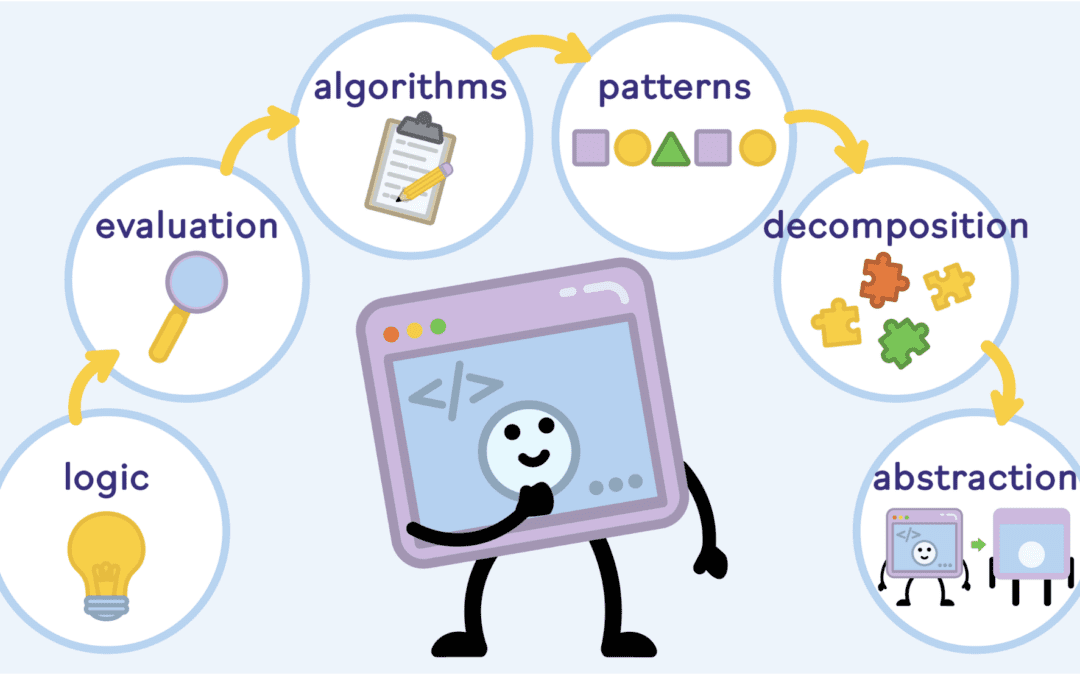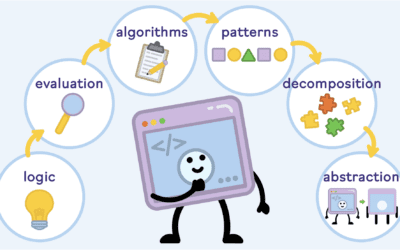
STEM is an essential part of today’s society and will only become more important in the future. Unfortunately, creating fun, successful, and educational STEM curriculums for elementary students can sometimes prove difficult for teachers who are looking to make learning both exciting and effective.
At Yeti Academy, we want to help educators like you make STEM more accessible to all students. By using the right tools to create a strong STEM curriculum, you can help ensure your students are prepared for both higher education and the future workforce.
The Benefits of a Strong Elementary School STEM Curriculum
We will need many high-capacity individuals in the workforce to ensure the safety and security of our economy in the 21st century. Electricians, engineers, software developers, medical workers of all kinds, and cybersecurity specialists are just a handful of the roles we will need to fill for a secure future. By creating a solid STEM curriculum, you can give children the opportunity to develop skills that will prepare them for these essential careers.
Another advantage of STEM curriculums is that they are often project-based. They tend to emphasize applications that bridge the gap between school and real life. Elementary students learning STEM have the opportunity to work independently and in group settings on fun projects that exercise their minds and create a visible outcome, allowing them to be proud of their work.
In elementary school, students are in the neural development stage where they begin to explore their individual interests and ideas. Introducing students to STEM through a wide variety of projects and activities can help them discover new passions.
What Should Be in an Elementary School STEM Curriculum?
An effective STEM curriculum should always include these key elements:
- Mathematics and science are the building blocks for every other part of STEM. Teaching students strong foundations in math and science will help them with their other STEM lessons, as well as the rest of their academic careers and adult lives.
- Digital collaboration and experience are vital to success in the 21st century. All students should have a good understanding of commonly used tools such as Microsoft Office and Google Workplace.
- Using real-world applications, such as storytelling with relatable protagonists or activities that connect education to personal experience, allows students to see how their school work translates into their everyday lives. Bridging this gap invites students to engage with their education on a deeper level.
- A key element of an elementary STEM curriculum is Digital Citizenship, which stresses how to avoid plagiarism, protect your web identity, and properly conduct yourself in online settings.
- Accessibility for all students should be the foundation of any STEM curriculum. Students of all backgrounds, cultures, and abilities should be able to engage and profit from lessons in STEM.
- In-person and digital learning opportunities should ideally be integrated throughout the STEM curriculum. Whether students are learning at home or in a classroom, they should have all the resources they need to succeed.
Tips for Engaging Elementary Students in STEM
One of the biggest hurdles that educators must overcome when teaching students about STEM is ensuring that all students are engaging with and retaining information.
These tips and tricks listed below can help educators run successful and exciting classrooms:
Use Hands-On Activities
It’s no secret that elementary students have a hard time staying focused during long hours of learning, especially in remote learning situations. It is critical that teachers include an array of projects and activities to keep kids interested in their studies.
Teachers can try using hands-on activities to engage students in science, technology, engineering, and mathematics. Science activities, such as making magnetic slime, can teach children the laws of science while engaging with tactile inputs. By simply asking your students to build with straws and tape, you can help them learn some of the core elements of engineering under the guise of a fun and engaging activity.
Provide Diverse Role Models
Children have a much easier time imagining themselves as engineers, medical professionals, scientists, or in other roles related to STEM when they are told stories with protagonists they can relate to.
By reading STEM-related stories with main characters of different races, cultures, genders, socioeconomic and locational backgrounds, and abilities, students can start to picture themselves in the same roles, giving them more confidence throughout their education.
Use Stories to Show STEM in the Real World
People have been using stories to effectively teach lessons for millennia. Stories can be just as useful for elementary students studying STEM as for children in any other situation.
When educators use stories set in real-life situations as part of their curriculum, students can see more clearly how their studies relate to their personal lives. They may be able to connect their STEM lessons to the struggles and problems their communities face, such as public health and climate issues.
Consider Ed Tech Curriculum Supplements and Modules
Luckily for educators today, there are many options to help create a strong and successful STEM curriculum for elementary students even without a ton of prior knowledge in the field.
Yeti Academy, a tool with complete digital learning modules, can help teachers and other educators supplement their existing STEM curriculum. Our online program teaches a multitude of lessons to elementary and middle school students in subjects like coding, biology, and digital citizenship, all of which adhere to the ISTE standards.
Yeti’s web-based curriculum comes with everything a teacher needs to help their students succeed. Slideshow presentations, lesson plans, activities and projects, quizzes, and tests are just a few of the tools offered when learning with Yeti.
Try Yeti Academy Today!
Sign Up For Your Free Account TODAY!








